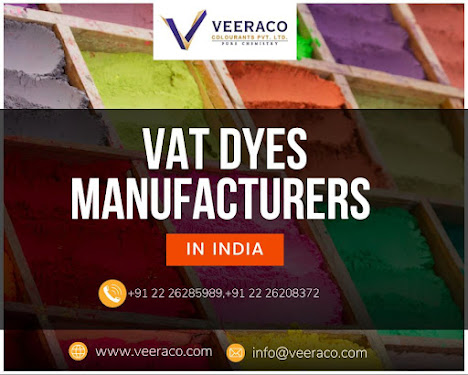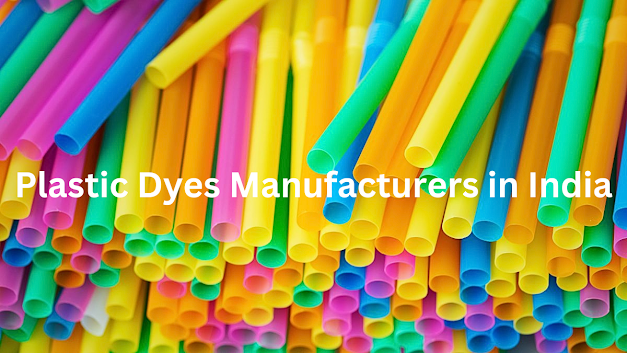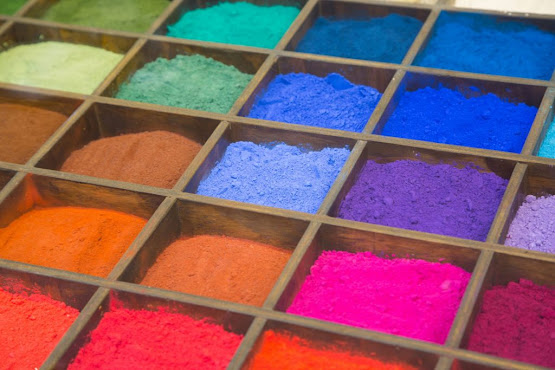What are dyes?
A dye is used to add colour to different materials. Dye Manufacturers in India, For humans, colour has always held great fascination and appeal. Both natural and synthetic dyes are common types. They give kitchenware, textiles, leather goods, and even food products colour. For colouring various items, several dyes are available. The finely crushed substances found in paint, ink, and other goods that are called pigments are not dyes. In contrast to pigments, which are inorganic substances, dyes are organic substances. Everything these days comes in a variety of hues and textures. And the enormous array of colours makes this possible.
Various Types Of Dyes:
Basic Dyes
These colours are generated synthetically and cannot dissolve in water. They also go by the name of cationic dyes. Basic Dyes Manufacturers in India. These dyes have a good retention period and all of their shades are very brilliant. Acrylic fibres are coloured using basic dyes, which are reasonably priced. They react well with synthetic materials.
Vat Dyes
Vat dyes, commonly referred to as indigo dyes, are produced utilising a variety of plants. Vat dyes are applied by a method known as vatting rather than directly colouring the substrate. These dyes are insoluble in water and must be vetted to become soluble. The particles in vat dyes are quite tiny compared to other dyes. These come in fewer tints and colours. Experts typically utilise vat dyes because of the lengthy dyeing procedure.
Direct dyes
They are used to colour cellulose textiles like cotton since they are soluble in water. When utilising these kinds of dyes, dyeing is often carried out in an alkaline environment. But all the materials dyes using this type of dye require after-treatment and care to improve the shade of the dye. Direct Dyes have excellent fastness characteristics. The textile industry makes substantial use of these colours.
Acid Dyes
They are frequently used to colour protein fabrics including nylon, silk, and wool. These colours are very water-soluble. They are inappropriate for use with cellulosic material. Acid dyes work well to colour leather and other medicinal items since they have good dye fastness properties. They're excellent for the food business as well. They are also used to produce ink such as ink for printers, ballpoint pens, marker ink, ink pads, etc.
Synthetic Dyes
These artificial dyes are created chemically. They come in a wide variety of hues and tones. Because of their relatively low cost and simplicity of usage, they are used in many different sectors. Both the ecosystem and the human body are harmed by it. Yet, the use of these colours continues to grow. Some chemical substances are water-soluble.
Reactive Dyes
For cellulose, protein, and polyamide fibres reactive dyes work well. These dyes are simple to use because they come in a variety of formats. They have good light-fastness qualities and are soluble in water. Since all reactive dyes come in vibrant hues, they are ideal for the textile sector. These reactive dyes are affordable and suitable for use in large quantities. They block UV radiation and have an excellent electron arrangement.
Solvent Dyes
The emerging textile mills employ these contemporary colours extensively. Solvent dyes are non-corrosive, non-toxic, and non-flammable dyes. The fibres and polymers can be coloured more quickly and easily with these dyes. They are also quite wettable. These dyes have a significant downside in that bulk application is challenging due to the solvent’s frequently high cost. Solvent dyes come in a wide variety and make excellent alternatives to traditional, hazardous dyes.
Food Dyes
These are the synthetic colours that have been added to the meal to make it more appealing. These days, food colours are frequently utilised. The several forms they come in include pastes, liquid colours, gels, and coloured powders. These food colouring agents are used to restore the edible's colour after it has been exposed to light, heat, and storage. Food dyes must be used with caution because using them excessively might lead to several health issues. There are two types of food dyes: natural and artificial. Natural food colours can make meals more appealing and nutrient-dense. Before choosing the best food dye, exercise caution and undertake a thorough study.
Seed Colouring dyes
To help farmers to distinguish and identify different types of seeds, seed colouring dye is used to give colour to the seeds. Many kinds of seeds have various colours. The traditional method of protecting seeds and promoting plant growth is seed colouration. This strategy has also been used by major seed companies to brand their seeds. Seed colouring is a fantastic technique to distinguish the seeds and stop them from being harmed. These days, a variety of seed dyes are offered; try to select a safe dye as this can affect the growth of the plants and crops.
Conclusion




